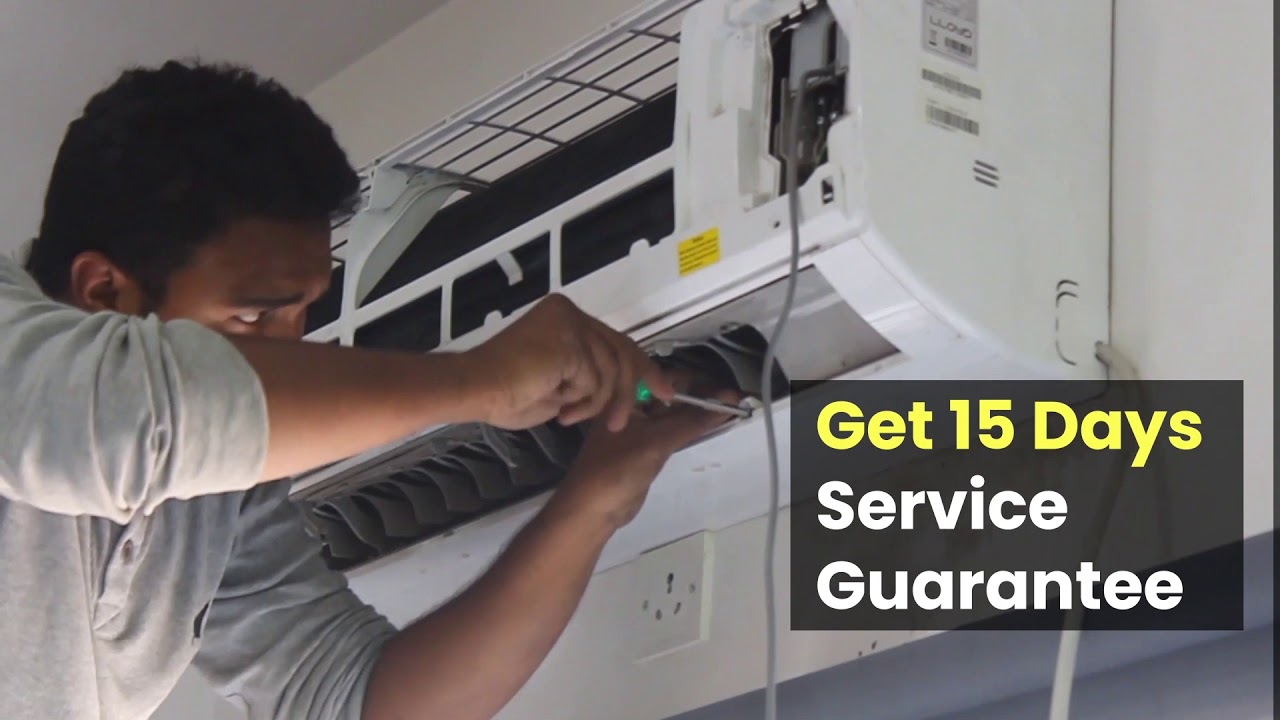
The National Electrical Code (NEC) is the United States' most widely adopted standard for the safe installation of electric systems. Every three years, the NFPA releases a new edition of the NEC. It is updated to reflect current technologies and protect against fires from electrical shocks or burns.
NEC sets the standard in safe electric systems for residential, commercial, and industrial use. It covers everything: outlets locations, receptacles/outlets, wiring, grounding and GFCI Protection.
To reduce the risk of tripping, it is necessary that the receptacles are within reach of a 6-foot cord. Tamper-resistant receptacles can be provided to prevent children inserting items into the wire.
There is no limit to the number or capacity of receptacles permitted in a residence or business. The circuit must however be at least 100 amps. Each structure must have its service drop and be protected with a circuit breaker or fuse.

The minimum height for breaker boxes is 4ft and the maximum height is 6ft. They cannot be located in bathrooms and must be accessible without lifting or moving obstructions. The breakerbox doors must open 90° and be free from obstructions.
A receptacle must be connected to a switch by a neutral wire if it is in the same place as a switch. This is an important safety measure for all types of electronic devices, including switches, that require constant electricity.
This is true especially for lights, other appliances, and plug-in air conditioners or heaters. It also applies to outdoor receptacles in the same area as an indoor receptacle.
Grounding electrical circuits that are used for hot tubs and swimming pools is important. To avoid sparks and arcing, all electrical circuits must be grounded, including telephone lines, coaxial cables, gas piping systems, and phone lines.
A ground fault circuit interrupter, or GFCI, is an automatic system that cuts power if there's a short in the line. A ground fault circuit interrupter is needed in every room of a building. When activated by alarms, it can save lives.

Tamper-resistant containers can also be used outside. They are made to keep children away from using the outlet by preventing them from pulling on a cord or placing a paper clip there.
The NEC will require a grounding wire to run to all switches. This is an essential feature for electronic devices that do not require constant electricity but for any other type of switches that can still be pulled by a child.
Tamper-resistant outlets are required in all rooms. These plugs will prevent children from trying to alter the plug or tripping on it.
Before doing any type of electrical work, it is worth checking with your local municipal building department. They usually follow the NEC but may have variations that apply to your specific town or municipality.
FAQ
Where can I find out more about building permits
Ask your local government office (for instance, NSW Local Government Association), or talk to your real estate agent. They should be available to help you determine the right steps to take to get building permission.
How much does it cost for you to apply for building permits?
It depends on the state you are in and the complexity of the proposal. It can also depend on whether you are applying for permission to build or extend your existing house. You should expect to wait several months before everything is approved.
Do you have any other suggestions?
Yes. Make sure to check your local laws about what type of projects you can do and what conditions you have to comply with. Some states require that you get council approval before you build. Other states say that you only need to notify them of your plans. Find out the position of your local authorities on this matter by checking with them.
Is there a way to prepare for negotiation before hand?
Yes!
There are many methods you can prepare for negotiation.
One way is to write out the terms and conditions of the agreement
What's the purpose of the service contract?
The purpose of a Service Agreement is to define the terms under which a customer agrees to purchase goods from you. It also specifies how you will deliver those services to them in return for payment.
The most commonly used form of this document, is the Sales Order Form. This section lists the products being purchased by the customer as well as their price. You can also list any other items such as delivery charges, VAT or insurance. Finally, you specify when the order should be delivered and paid for.
You can use a different document depending upon the transaction's nature.
An invoice may be used if you provide a service and not a product.
If you are buying something from another person, you would likely use a Purchase Order Form.
It is important to include all required information when drafting a sale order form.
Keep in mind that the more detailed your sales order forms are, the easier it will for buyers to understand.
What happens if one side doesn't agree to the deal?
Failure to fulfill your obligations under the agreement can lead to the law allowing the other party to declare your promise null and sue you for damages. Damages can include interest, court costs and legal fees as well as the amount due.
Statistics
- (ii) Name, address, and telephone number of each proposed first-tier subcontractor with a proposed subcontract estimated at $10 million or more. (acquisition.gov)
- While we offer all our high-quality services at competitive prices, we know that many who need our services are on fixed incomes, so we offer a 10 percent discount for seniors and military members. (homeservicecontractorsinc.com)
- Don't take their anger personally, they are mad about the situation 99% of the time. (activatemylicense.com)
- (v) Place or places of performance of the prime contract and first-tier subcontracts estimated at $10 million or more, if known. (acquisition.gov)
- (d) Contractor disputes related to compliance with its obligation shall be handled according to the rules, regulations, and relevant orders of the Secretary of Labor (see 41 CFR60-1.1). (acquisition.gov)
External Links
How To
What should a service arrangement include?
An SA is a key component of any business relationship. It will outline what you expect and how it will be achieved. It also outlines when and where the other party must fulfill its contractual obligations.
The key elements of a successful SA are:
-
The scope of work and services required by both parties.
-
Details about the payment terms.
-
The project price must be agreed.
-
Additional costs, such as VAT, etc.
-
Discuss any other matters.
-
Who is responsible if the job goes wrong?
-
How disputes will be settled
-
What happens when one party breaks the contract?
-
What happens if there is a dispute
-
When will the contract become effective?
-
What happens if one or both of the parties fail to perform.
-
How long do you have to pay invoices?
-
Who pays for expenses such as travel?
-
Where the money is coming from.
-
What happens if a client changes his mind?
-
What happens when the supplier doesn’t show up.
-
Who has access to the site during construction?
-
What happens if a customer cancels the contract?
-
What happens if the product fails?
-
What happens if the manufacturer refuses to supply parts.
-
What happens if your equipment breaks down?
-
What happens if a project takes longer than expected?
-
What happens if work isn’t completed in the timeframe agreed upon?
-
What happens if the final product isn't up to expectations?
-
What happens if the cost exceeds?
-
What happens if the materials aren't delivered on time.
-
What happens if the material arrives damaged.
-
What happens if products do not meet the standards?
-
What happens if the job gets cancelled before it is completed?
-
What happens if the company goes bankrupt?